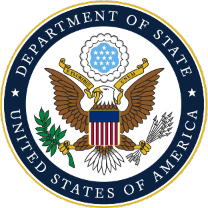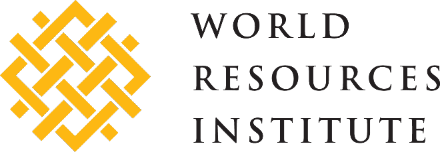Geographic Scope: *Global*
Guidance To Photographing Live Tortoises and Freshwater Turtles for Identification
Provides standards for capturing and using photographic evidence to support wildlife trade investigations. The guide details best practices for photographing seized wildlife and related materials to ensure the evidence is useful for legal and enforcement purposes. Guidelines aim to enhance the quality and consistency of photographic documentation in wildlife crime cases, supporting effective enforcement and prosecution.
Legal Atlas
Online platform that offers detailed, interactive maps and resources for understanding and comparing legal frameworks across different jurisdictions. It provides insights into various areas of law, including environmental regulations and compliance requirements, by showcasing how legal standards and practices vary globally. The platform aims to support legal professionals, researchers, and policymakers in navigating complex legal landscapes and fostering cross-border legal understanding.
Wildlife Seizure Dashboard
Provides an interactive platform for visualizing and analyzing data related to wildlife trafficking and conservation. It offers detailed maps, charts, and data insights to track illegal wildlife trade trends and hotspots. The dashboard is designed to support researchers, policymakers, and conservationists by providing actionable information to combat wildlife crime and enhance conservation strategies.
Earth Ranger
Comprehensive software that offers tools for real-time data collection, monitoring, and analysis to support wildlife and protected area management. It provides a centralized platform for tracking wildlife movements, monitoring threats, and coordinating field operations, enhancing decision-making and operational efficiency. The software is designed to help conservation organizations and park managers improve their response to environmental challenges and better protect natural habitats.
PortMATE (Port Monitoring and Anti-Trafficking Evaluation)
PortMATE is a tool designed to improve the monitoring of port activities and assist in the identification and mitigation of illicit trafficking.
OWLET Report Suspicious Wildlife Content Online
“End Wildlife Trafficking Online” is dedicated to combating wildlife trafficking, a significant global issue that threatens biodiversity and ecosystems. It raises awareness about the illegal trade of animals and plants, emphasizing the impact on species, conservation efforts, and local communities. Complete the online form to report suspected illegal wildlife products including live endangered species or products made from their parts for sale online. The Coalition will review these listings and work with company partners to remove those that violate the Coalition’s Prohibited Wildlife Policy Framework and are relevant to their platforms.
Checklist of CITES Species
CITES (the Convention on International Trade in Endangered Species of Wild Fauna and Flora) is an international agreement between governments that aims to ensure that international trade in specimens of wild animals and plants does not threaten their survival. The Checklist of CITES Species allows the exploration of more than 36,000 species of animals and plants and their degree of protection.
CITES Trade Database
The Convention on International Trade in Endangered Species of Wild Fauna and Flora (CITES) Trade Database, managed by the United Nations Environment Program World Conservation Monitoring Centre (UNEPWCMC) on behalf of the CITES Secretariat, is unique and currently holds over 13 million records of trade in wildlife and over 34,000 scientific names of taxa listed in the CITES Appendices. Around a million records of trade in CITES-listed species of wildlife are currently reported annually and these data are entered into the CITES Trade Database (an Oracle relational database) as soon as they are received by UNEP-WCMC. CITES annual reports are the only available means of monitoring the implementation of the Convention and the level of international trade in specimens of species included in the CITES Appendices. The CITES Trade Database can be queried and data downloaded from the CITES website (www.cites.org) or the UNEP-WCMC website (http://unep-wcmc.org/citestrade). You can contact UNEP-WCMC directly (see Annex 6 for contact details) if you have a specific data request that you are unable to answer using the online data querying facilities.
Species+
Species+, developed by United Nations Environment Program World Conservation Monitoring Centres (UNEP-WCMC) and the CITES (Convention on International Trade in Endangered Species of Wild Fauna and Flora) Secretariat, is a website designed to assist Parties with implementing CITES, Convention on the Conservation of Migratory Species (CMS) and other multilateral environmental agreements (MEAs). Species+ provides a centralised portal for accessing key information on species of global concern. In particular, Species+ contains information on all species that are listed in the Appendices of CITES and CMS, as well as other CMS Family listings and species included in the Annexes to the EU Wildlife Trade Regulations.
Identification Guide for Ivory and Ivory Substitutes
The information contained within this book was originally developed for the wildlife law enforcement community in connection with its mandate to enforce international endangered species trade regulations and restrictions. Thousands of copies of previous editions of this guidebook have been distributed in three languages throughout the world. The goal is to provide wildlife law enforcement officers, scientists and managers with a visual and non-destructive means of tentatively identifying the authenticity and species origin of suspected ivory for enforcement purposes, including a “probable cause” justification for seizure of suspected illegal material, at ports of entry. Emphasis also remains on carved ivory, mostly because whole teeth are easily identified.


